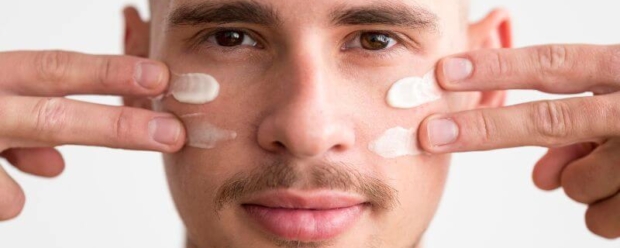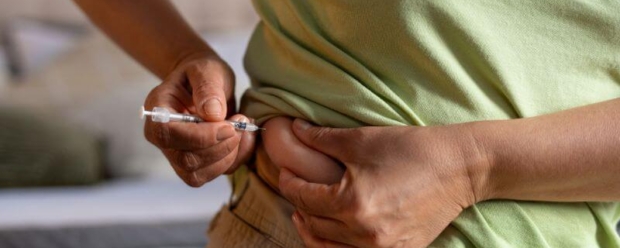Understanding Tretinoin:
Tretinoin, also known as all-trans retinoic acid or retinoic acid, is a derivative of vitamin A that is commonly used in dermatology for its ability to promote skin health and treat conditions such as acne, wrinkles, and hyperpigmentation. It works by increasing cell turnover and promoting the growth of new, healthy skin cells.
How Tretinoin Works for Hair Loss:
While tretinoin is primarily known for its effects on the skin, emerging research suggests that it may also have potential benefits for hair loss. Tretinoin is believed to work for hair loss by:
- Stimulating Hair Follicles: Tretinoin has been shown to promote the proliferation of hair follicle cells and increase the production of growth factors involved in hair growth.
- Improving Blood Flow: Tretinoin may enhance blood flow to the scalp, which can support the delivery of nutrients and oxygen to the hair follicles, promoting their health and vitality.
- Reducing Inflammation: Inflammation of the scalp can contribute to hair loss, and tretinoin’s anti-inflammatory properties may help alleviate this issue, creating a more conducive environment for hair growth.
Potential Benefits of Tretinoin for Hair Loss:
- Stimulates Hair Growth: Research suggests that tretinoin may promote the growth of new hair and improve the thickness and density of existing hair.
- Complements Other Treatments: Tretinoin can be used in combination with other hair loss treatments, such as minoxidil or finasteride, to enhance their effectiveness and provide a comprehensive approach to hair restoration.
- Improves Scalp Health: By increasing cell turnover and reducing inflammation, tretinoin can help improve the overall health of the scalp, which is essential for supporting healthy hair growth.
Considerations and Potential Side Effects:
- Skin Irritation: Tretinoin can cause skin irritation, including redness, peeling, and dryness, especially when first starting treatment. It’s essential to start with a low concentration and gradually increase as tolerated, and to use moisturizers and sun protection to minimize irritation.
- Initial Shedding: Some individuals may experience temporary shedding of hair when starting tretinoin treatment. This shedding is typically transient and is often followed by regrowth of thicker, healthier hair.
- Long-Term Use: The long-term effects of tretinoin for hair loss are still being studied, and more research is needed to determine its optimal use, efficacy, and safety over extended periods.
Conclusion:
Tretinoin represents a promising option for individuals seeking to address hair loss. By promoting hair follicle health, improving scalp condition, and stimulating hair growth, tretinoin offers a potential addition to the arsenal of treatments available for hair loss. However, it’s essential to work closely with a healthcare provider or dermatologist to determine the most suitable treatment approach and to monitor for any potential side effects or adverse reactions. With proper use and monitoring, tretinoin may offer renewed hope for individuals experiencing hair loss and help them achieve healthier, fuller-looking hair.


